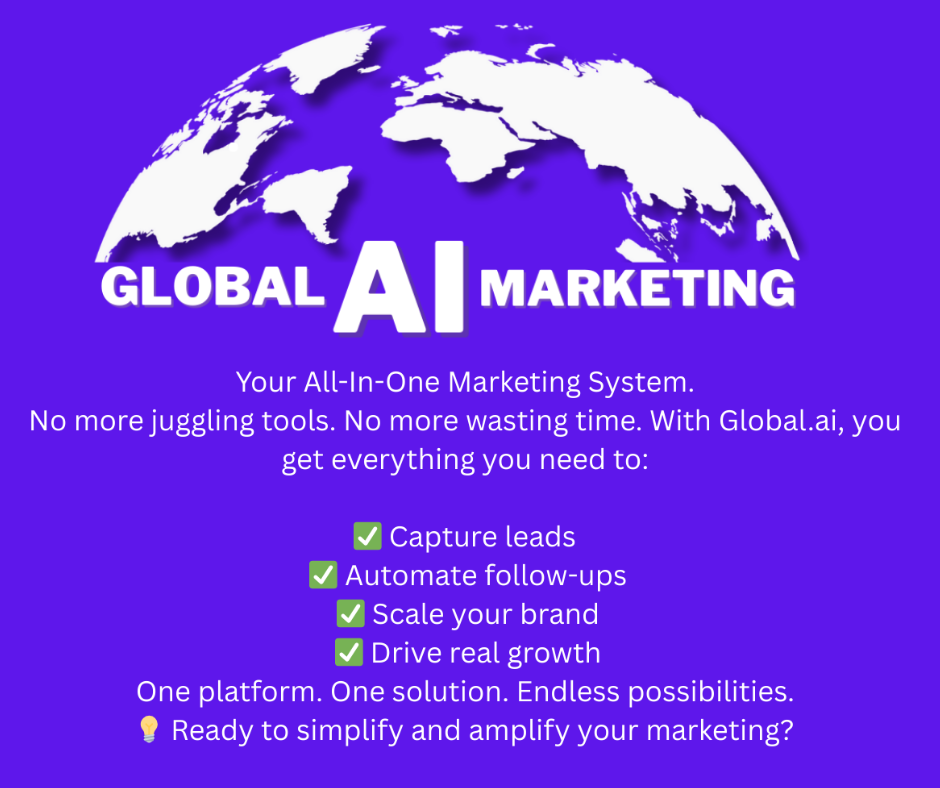Navigating Merger and Acquisition Strategies in 2024 and Beyond: A Comprehensive Guide
In the dynamic landscape of modern business, mergers and acquisitions (M&A) have become integral strategies for companies looking to expand their market share, diversify their offerings, or streamline operations. As we step into 2024 and beyond, understanding the intricacies of M&A is crucial for both potential buyers and sellers. In this comprehensive guide, we will delve into the strategies and processes involved in M&A transactions, identify sectors ripe for acquisition, and explore why selling may also be a favorable option for businesses seeking an exit.
Understanding Mergers and Acquisitions
Mergers and acquisitions refer to the consolidation of companies through various financial transactions. While mergers involve the combination of two or more companies to form a new entity, acquisitions occur when one company purchases another, often resulting in the acquired company becoming a subsidiary of the buyer.
Strategies in M&A:
- Vertical Integration: This strategy involves acquiring companies within the same industry but at different stages of the supply chain. For example, a manufacturer may acquire a supplier to gain greater control over its inputs or a retailer may acquire a distributor to streamline distribution channels.
- Horizontal Integration: Companies opt for horizontal integration to expand their market share by acquiring competitors. This strategy allows them to eliminate competition, achieve economies of scale, and enhance their bargaining power with suppliers and customers.
- Diversification: Diversification involves acquiring companies operating in unrelated industries. This strategy helps mitigate risks associated with a single market and allows companies to tap into new revenue streams and customer bases.
- Market Expansion: Companies may pursue M&A to enter new geographic markets or target new customer segments. Acquiring local companies or those with established market presence can accelerate the expansion process.
Identifying Promising Acquisition Targets
As businesses evaluate potential acquisition targets in 2024 and beyond, several sectors stand out for their growth prospects and strategic relevance:
- Technology: With rapid advancements in technology shaping industries across the globe, companies in the tech sector remain attractive targets. Areas such as artificial intelligence, cybersecurity, and cloud computing present opportunities for consolidation and innovation.
- Healthcare: The healthcare industry continues to experience significant growth driven by demographic trends and technological innovations. Companies offering innovative healthcare solutions, pharmaceuticals, or medical devices are prime targets for acquisition.
- Renewable Energy: As the world increasingly focuses on sustainability, companies operating in renewable energy, such as solar and wind power, are poised for expansion. Acquiring firms with expertise in clean energy technologies can position buyers for long-term success.
- E-commerce and Digital Services:
The shift towards online shopping and digitalization has propelled the growth of e-commerce and digital services. Acquiring companies with strong e-commerce platforms, digital payment solutions, or digital marketing capabilities can enhance a buyer's competitive edge.
The Case for Sellers Seeking to Exit
While much of the focus in M&A discussions revolves around buyers, selling can also be an attractive option for businesses seeking an exit strategy. Here are some compelling reasons why selling may be advantageous for sellers:
- Maximizing Value: Selling a business at the right time can result in substantial financial gains for owners and shareholders. By capitalizing on market conditions and buyer interest, sellers can maximize the value of their business.
- Access to Resources: Joining forces with a larger entity through acquisition can provide sellers with access to resources such as capital, technology, and expertise that may not have been available independently. This can fuel further growth and innovation.
- Mitigating Risk: In an increasingly competitive and uncertain business environment, selling to a larger, more established company can help mitigate risks associated with market fluctuations, regulatory changes, or industry disruptions.
- Focus on Core Competencies: For owners looking to transition into retirement or pursue other ventures, selling allows them to exit the business while ensuring its continuity under new ownership. This enables sellers to focus on their core competencies or explore new interests without the burden of managing day-to-day operations.
Conclusion
In conclusion, mergers and acquisitions play a vital role in shaping the competitive landscape of modern business. As we navigate the complexities of 2024 and beyond, understanding the strategies and processes involved in M&A transactions is essential for both buyers and sellers. By identifying promising acquisition targets and recognizing the advantages of selling, businesses can position themselves for success in a dynamic and evolving marketplace. Whether pursuing growth through strategic acquisitions or seeking an exit strategy, thoughtful planning and execution are key to unlocking value and achieving long-term objectives in the world of mergers and acquisitions.





